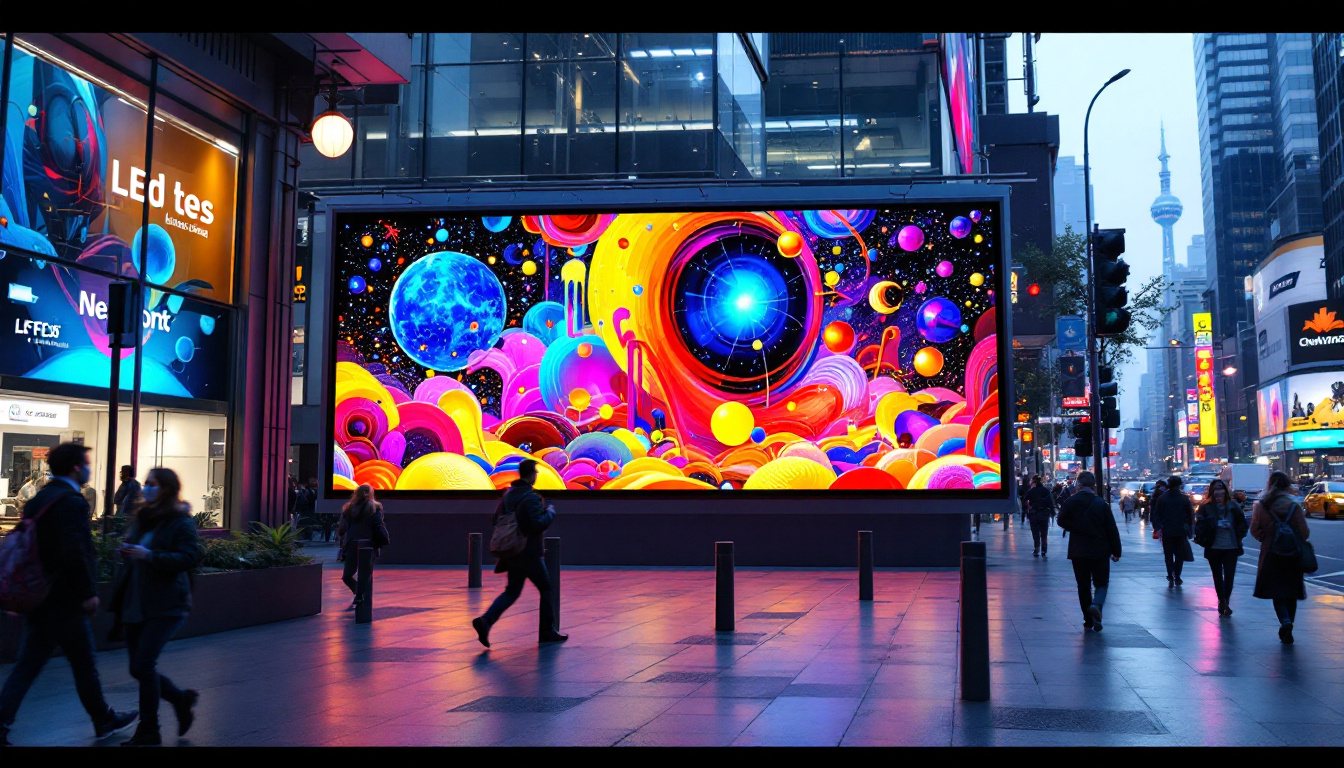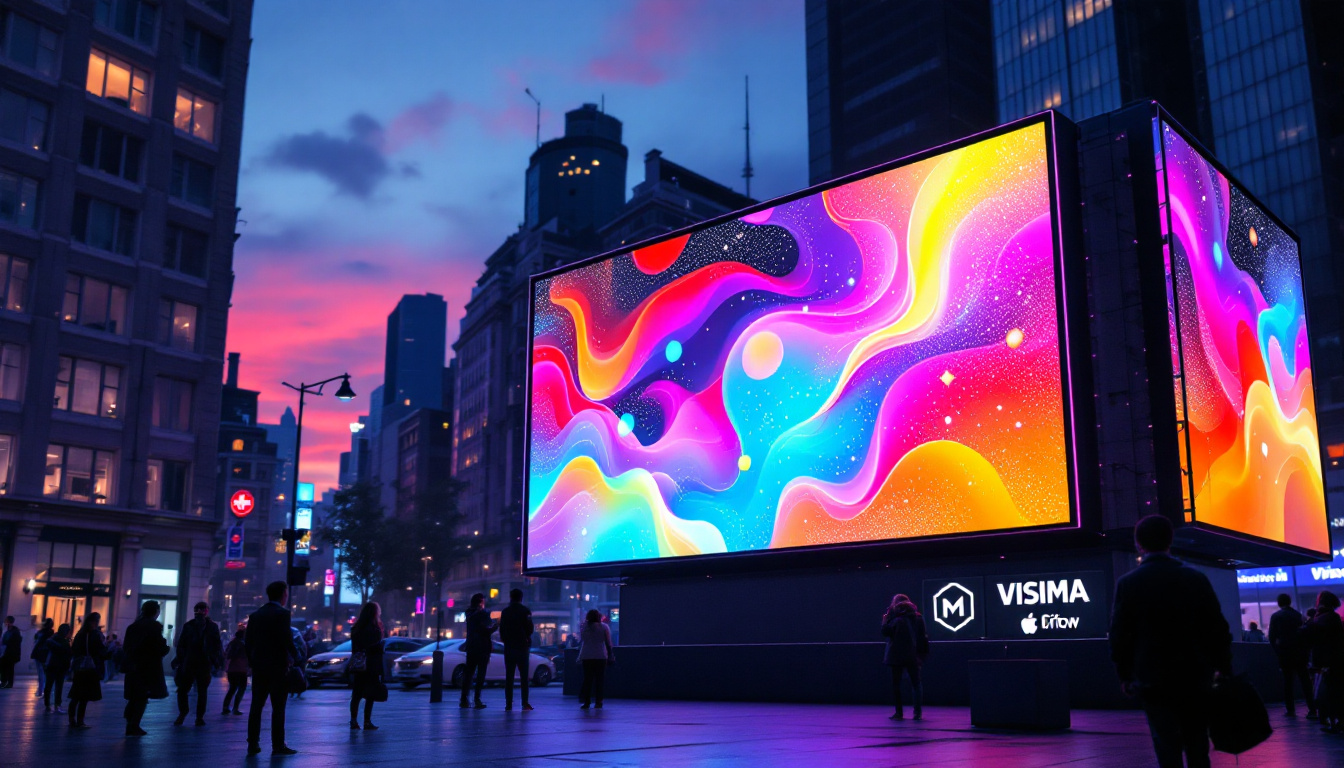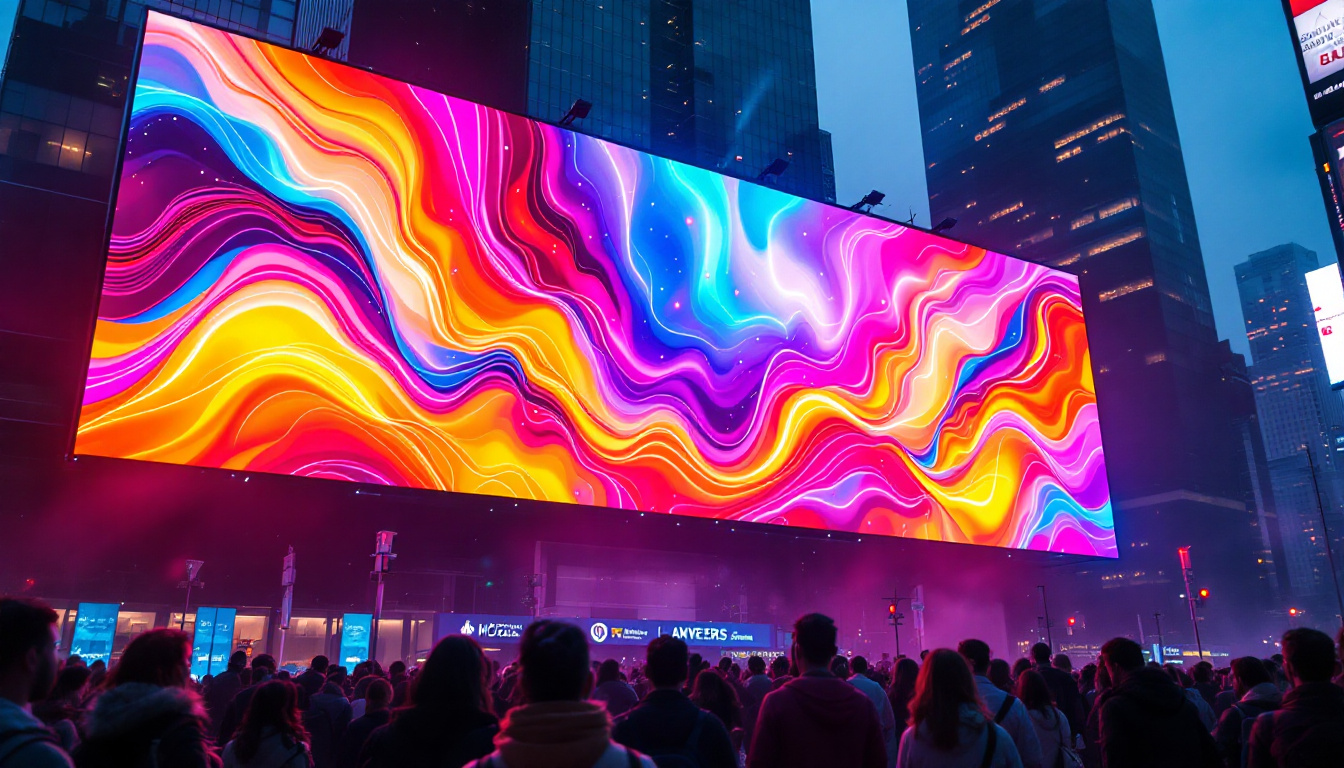In the realm of modern technology, displays have evolved significantly, transforming how users interact with computers and other devices. Among these advancements, LCD (Liquid Crystal Display) and LED (Light Emitting Diode) technologies have emerged as the most prevalent. While often used interchangeably, these terms refer to distinct technologies that serve different purposes. This article delves into the intricacies of LCD and LED displays, elucidating their features, advantages, and applications.
Understanding LCD Technology
LCD technology has revolutionized the way visual information is presented. At its core, an LCD uses liquid crystals to modulate light, creating images on the screen. This technology is widely utilized in various devices, including televisions, computer monitors, and smartphones.
The Mechanism Behind LCDs
The operation of an LCD is based on the manipulation of light. An LCD panel consists of several layers, including a backlight, polarizers, and liquid crystal layers. The backlight, typically fluorescent or LED, provides the necessary illumination. The liquid crystals, when subjected to an electric field, align in a manner that either blocks or allows light to pass through, thereby forming images.
One of the key features of LCD technology is its ability to produce sharp and vibrant images. The pixel density in LCDs can be quite high, resulting in detailed visuals that are essential for tasks such as graphic design or gaming. Moreover, the thin profile of LCD screens makes them ideal for space-constrained environments.
Advantages of LCD Displays
LCD displays offer several advantages that contribute to their popularity. Firstly, they are energy-efficient compared to older display technologies, such as CRT (Cathode Ray Tube) monitors. This energy efficiency translates to lower electricity bills and a reduced carbon footprint, making them an environmentally friendly choice.
Additionally, LCDs are known for their excellent color reproduction and wide viewing angles. This ensures that images remain consistent and vibrant, regardless of the viewer’s position. Furthermore, LCD screens are less prone to screen burn-in, a common issue with older display technologies, which enhances their longevity.
Exploring LED Technology
LED technology is often associated with LCDs, but it is essential to understand that LED displays are a specific type of LCD that utilizes LEDs for backlighting. This distinction is crucial, as it highlights the advancements in display technology that have emerged over the years.
The Role of LEDs in Displays
LED displays use light-emitting diodes as a light source, offering several advantages over traditional fluorescent backlights. The use of LEDs allows for thinner and more energy-efficient displays, as well as improved brightness and contrast ratios. This results in a more immersive viewing experience, particularly in brightly lit environments.
Moreover, LED technology can be categorized into two types: edge-lit and full-array. Edge-lit LED displays have LEDs positioned along the edges of the screen, while full-array displays utilize a grid of LEDs behind the entire screen. Full-array technology generally provides better uniformity and contrast, making it a preferred choice for high-end displays.
Benefits of LED Displays
LED displays offer several notable benefits over traditional LCDs. One of the most significant advantages is their superior energy efficiency. LEDs consume less power than traditional fluorescent lights, which not only reduces operating costs but also minimizes heat generation.
Additionally, LED displays are capable of achieving higher brightness levels, making them suitable for various lighting conditions. This adaptability is particularly beneficial for outdoor displays or environments with significant ambient light. Furthermore, the improved contrast ratios of LED displays enhance the overall viewing experience, making images appear more dynamic and lifelike.
Comparing LCD and LED Displays
While both LCD and LED displays have their unique features, understanding their differences is crucial for making informed decisions when selecting a display. The comparison can be broken down into several key aspects.
Image Quality
In terms of image quality, LED displays generally outperform traditional LCDs. The enhanced brightness and contrast ratios of LED technology result in more vibrant colors and deeper blacks. This is particularly noticeable in high-definition content, where the nuances of color and detail can significantly impact the viewing experience.
However, it is important to note that not all LED displays are created equal. The quality of the panel, the type of backlighting used, and the calibration of the display all play a role in determining overall image quality. Therefore, consumers should consider these factors when evaluating different models.
Energy Efficiency
Energy efficiency is another critical factor when comparing LCD and LED displays. LED technology is inherently more energy-efficient due to its lower power consumption. This not only results in reduced electricity costs but also contributes to a smaller environmental footprint.
In practical terms, this means that users can enjoy longer usage times on battery-powered devices, such as laptops and tablets, when utilizing LED displays. This efficiency is particularly advantageous for those who rely on portable devices for extended periods.
Cost Considerations
When it comes to cost, traditional LCD displays tend to be more affordable than their LED counterparts. However, the price gap has been narrowing as LED technology becomes more mainstream. While the initial investment for an LED display may be higher, the long-term savings in energy costs and the enhanced viewing experience often justify the expense.
Consumers should weigh their budget against their specific needs and preferences. For instance, professionals in graphic design or video editing may prioritize image quality and color accuracy, making an investment in an LED display worthwhile. Conversely, casual users may find that a standard LCD meets their requirements at a lower cost.
Applications of LCD and LED Displays
Both LCD and LED displays find applications across a wide range of industries and use cases. Understanding these applications can help users choose the right display for their specific needs.
Professional Use
In professional settings, such as graphic design, video editing, and medical imaging, the choice of display technology can significantly impact productivity and accuracy. High-end LED displays are often favored for their superior color accuracy and contrast, which are essential for tasks that require precise visual representation.
Additionally, industries such as architecture and engineering benefit from the detailed visuals provided by high-resolution LCD and LED displays. The ability to view intricate designs and models in vivid detail enhances collaboration and decision-making processes.
Entertainment and Gaming
For entertainment and gaming enthusiasts, the choice of display technology can greatly influence the overall experience. LED displays, with their enhanced brightness and contrast, provide a more immersive experience for watching movies or playing video games. The vibrant colors and deep blacks contribute to a more engaging visual narrative.
Moreover, the rapid refresh rates offered by many LED displays are particularly advantageous for gamers, as they reduce motion blur and enhance responsiveness. This can make a significant difference in competitive gaming scenarios, where every millisecond counts.
General Consumer Use
In everyday consumer use, both LCD and LED displays serve a variety of purposes. From browsing the internet and streaming videos to working on documents, these displays cater to a wide audience. For general use, standard LCD monitors often provide adequate performance at a lower price point, making them a popular choice for home and office setups.
However, as technology continues to advance, more consumers are gravitating towards LED displays, appreciating their energy efficiency and superior image quality. This trend is likely to continue as prices become more competitive and consumers become more aware of the benefits associated with LED technology.
Future Trends in Display Technology
The landscape of display technology is constantly evolving, with new advancements on the horizon. As consumers demand higher quality visuals and improved energy efficiency, manufacturers are investing in research and development to meet these expectations.
Emerging Technologies
One of the most exciting developments in display technology is the advent of OLED (Organic Light Emitting Diode) displays. Unlike traditional LCD and LED displays, OLED technology does not require a backlight, as each pixel emits its own light. This results in even deeper blacks and more vibrant colors, making OLED displays a compelling choice for high-end applications.
Additionally, advancements in microLED technology are also gaining traction. MicroLED displays promise to combine the best aspects of LCD and OLED technologies, offering high brightness, energy efficiency, and excellent color accuracy. As these technologies mature, they may redefine the standards for display quality.
Sustainability and Energy Efficiency
As environmental concerns continue to rise, the focus on sustainability in display technology is becoming increasingly important. Manufacturers are exploring ways to create displays that are not only energy-efficient but also made from sustainable materials. This shift towards greener technology is likely to shape the future of display manufacturing.
Moreover, innovations in recycling and waste reduction are being prioritized, ensuring that old displays do not contribute to electronic waste. As consumers become more environmentally conscious, the demand for sustainable display options will likely grow.
Conclusion
In summary, understanding the differences between LCD and LED displays is essential for making informed decisions in today’s technology-driven world. While both technologies offer distinct advantages, the choice ultimately depends on individual needs and preferences. Whether for professional use, entertainment, or general consumer applications, the right display can significantly enhance the user experience.
As display technology continues to evolve, staying informed about the latest advancements will empower consumers to make choices that align with their requirements. With the ongoing development of new technologies and a growing emphasis on sustainability, the future of displays promises to be bright and exciting.
Discover LumenMatrix’s Advanced LED Display Solutions
Ready to elevate your visual experience with the latest in display technology? Look no further than LumenMatrix, a pioneer in LED display innovation. Our comprehensive range of products, from Indoor and Outdoor LED Wall Displays to specialized solutions like Vehicle and Sports LED Displays, is designed to captivate and engage your audience. Embrace the future of visual communication with our All-in-One LED Displays, LED Transparent Displays, and more. Check out LumenMatrix LED Display Solutions today and transform your space with unparalleled clarity and impact.































